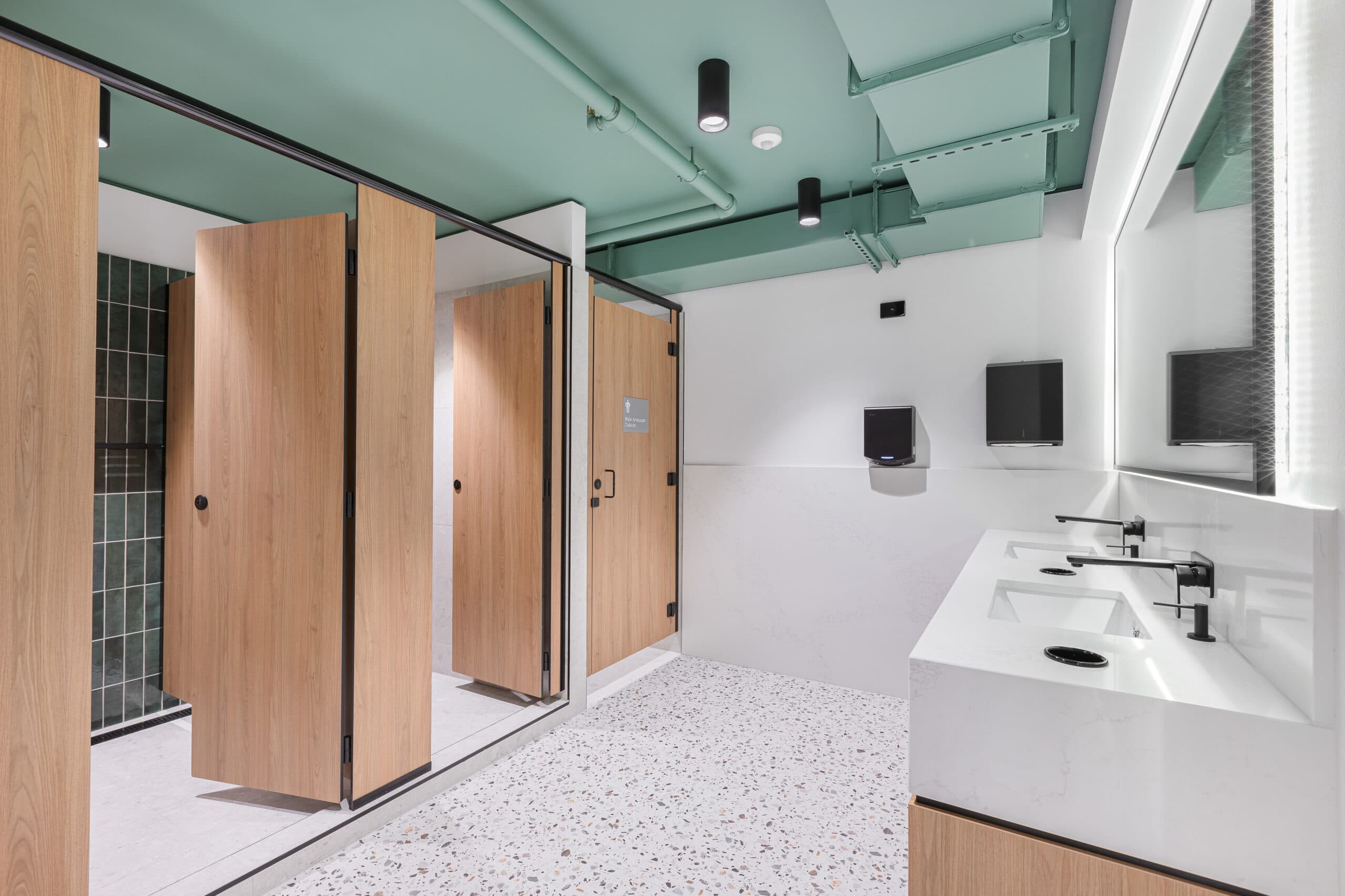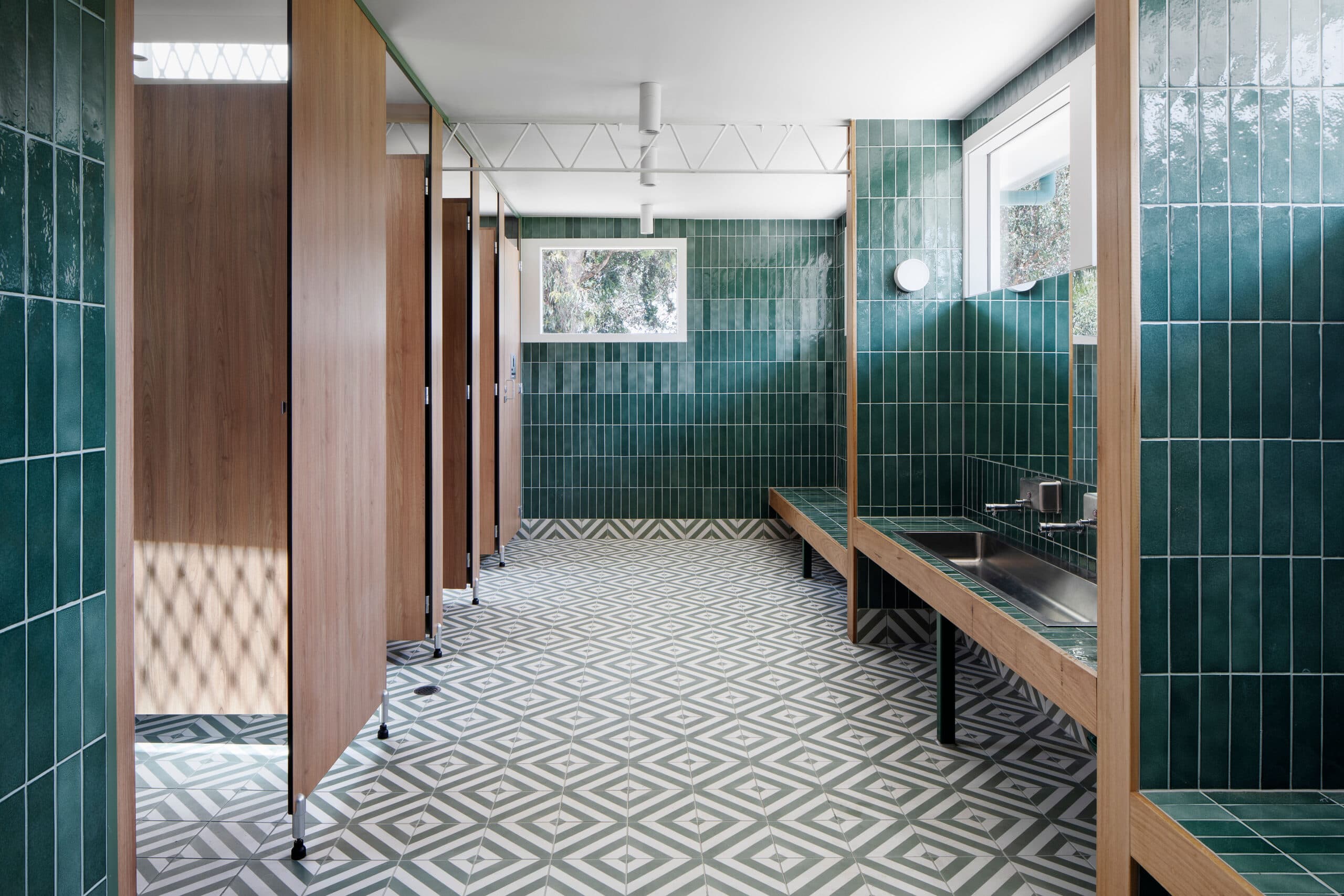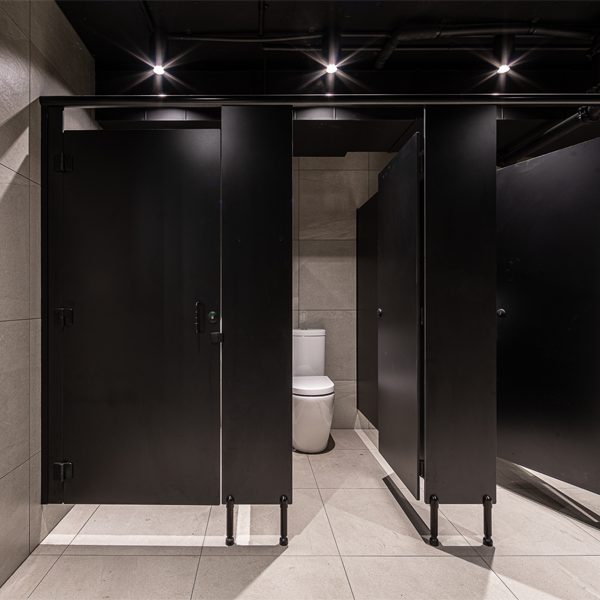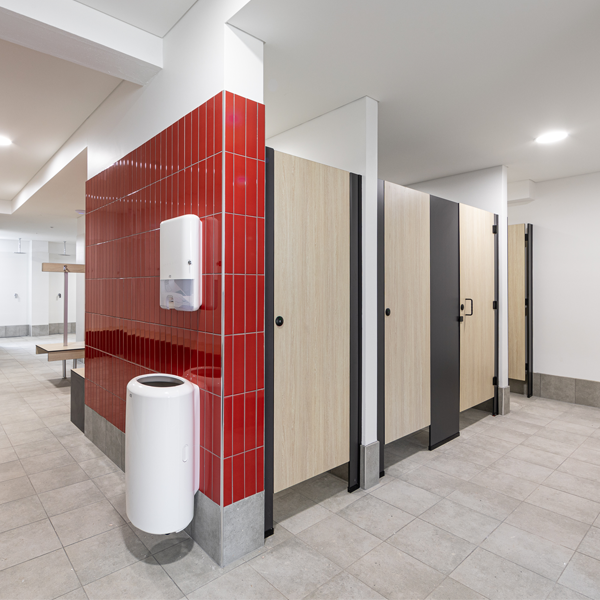
Locker Items that Require Protection from Moisture
- Paper Documents: Excess humidity trapped inside lockers can create a breeding ground for mould and mildew, especially when paper documents and/or paper money serve as a growing source for mould.
- Photographs: Excess moisture plus the growth of mould can cause pictures to deteriorate or stick together. Mould also breaks down the photo paper’s material and causes it to stick to other surfaces as well, like the glass frame or the locker walls.
- Coins: Usually, coins are coated with a thin patina. Mould and moisture tarnish this layer and damages the coin.
- Clothes: Mould can grow in clothes and make them look shabby and old. The high humidity levels inside shower room lockers are a perfect breeding ground for mould and mildew to thrive on the organic matter of the clothes, such as towels and gym clothes. The growth of mould on clothes results in dark green or black patches on the cloth’s surface and an acrid smell of mildew.
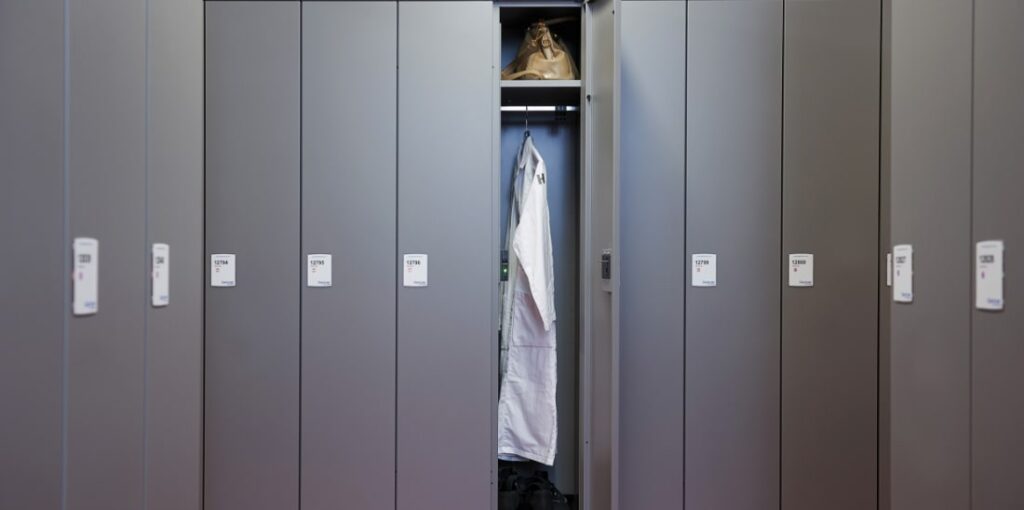
Why Is It Important To Get Rid Of Locker Room Mould?
Locker room mould is unsightly, and under worse conditions, can even be a health hazard, especially if the mould is allowed to grow in public restrooms or shower rooms. Mould has been linked to a plethora of illness. According to the CDC, mould can cause respiratory illness, asthma and lethargy in children.
In severe situations, mould and the presence of mould spores in the air can lead to dangerous consequences. Some people are more sensitive to mould than others, especially those with weakened immune systems, like pregnant women, the elderly, people receiving cancer treatment, and people on medications. To keep everyone safe while using your commercial facility, managing and preventing a mould infestation is necessary.

Cleaning Locker Room Mould
The most effective way to get rid of locker room mould is to kill it with bleach completely. You can make a mixture of bleach and water at a 1:8 ratio, and spray it to get rid of mould that is yet to spread around your facilities.
Simultaneously, mould spores can become airborne, so using a bottle with a spray spout can prevent its inhalation while cleaning. Be sure to use a face mask while scrubbing out the fungus. Use a strong scrubber or brush to scour the mould, then rinse with water.
Similarly, you can use ordinary items for clearing out the mould as well. If home remedies are not available, you can easily find cleaning items in stores too. For example, vinegar is a mild acid found in most kitchens that can kill some mould species. Baking soda is often used in conjunction with vinegar as well, because of its ability to absorb odours and moisture. Baking soda and vinegar solutions also help break up dirt and grime from locker walls.
However, using vinegar or other acidic cleaners can simultaneously damage your wooden lockers while killing mould. The growth of mould can weaken the wood and cause discolouration on wooden lockers. Therefore using a suitable cleaner specified for wooden items can be beneficial for wooden lockers instead of vinegar-solutions- which are more suited for metal and plastic lockers.
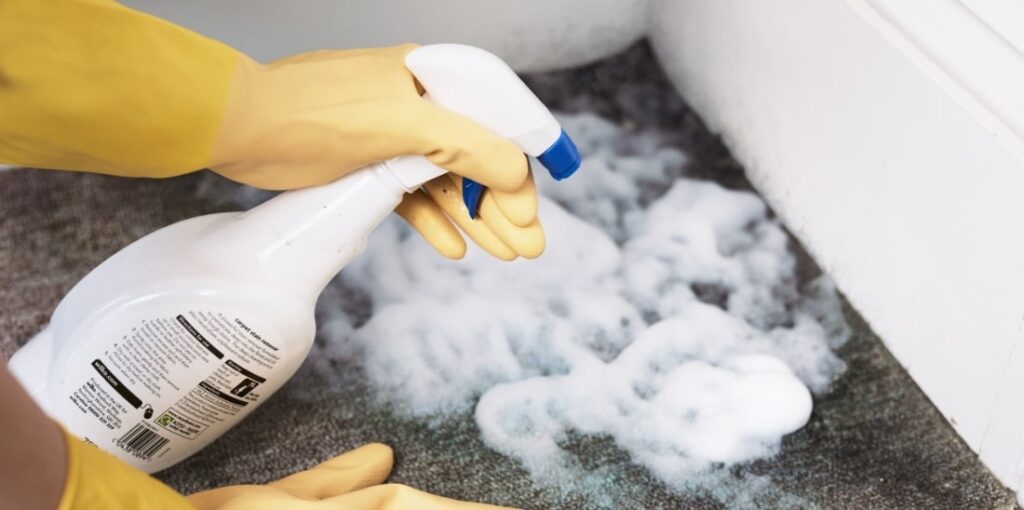
Items You Will Need for Effective Mould Removal –
The right supplies are important for removing the growth of mould. If the mould isn’t removed correctly, then it can grow back and spread to other areas. Not only that, but the right gears are also important to not inhale the mould spores.
Here’s what you will need:
- Old clothes or disposable coveralls: You will want to dispose of any clothes you wear when cleaning the mould. Otherwise, you could unintentionally spread mould to other rooms. Wearing the same clothes you wore while cleaning the mould could lead to you experiencing an adverse reaction to the spores. Thus, it is best to wear suitable clothes for the job.
- Rubber gloves: These are important to protect your hands, not only from the mould but also from the chemicals you will use to clean.
- N-95 or P-100 Respirator: These respirators are specially made to block out mould spores. Mildew and mould spores can be as small as 3 microns. For reference, a strand of human hair is about 125 microns. If you cannot get your hands on N-95 respirators, you can use a regular face mask as well.
- Safety Goggles: These will protect your eyes from any mould spores floating in the air, as well as any harmful vapours of the cleaning chemicals.
- Spray Bottle: You can use a simple spray bottle filled with water/vinegar to wet any visible mould before you start cleaning. Wetting the mould limits the number of spores released into the air.
- Fan: It is of the utmost importance to keep the room well-ventilated. Keep the window or door of the room open, and use a large box fan to remove the mould spores in the air. DO NOT use fans if it’s blowing into another room in the facility. Only use the fan if the open door or window has a direct path outside.
- Bleach: Use bleach and water to kill the mould and clean infected areas.
- Cleaning Tools: To scrub and sanitise the affected places and lockers
Of course, the degree of severity of mould-growth varies from one place to the next, and self-cleaning can offer varying degrees of success. In some cases, getting rid of mould may be more difficult, and it may be beneficial to call an expert to make sure the mould is completely eradicated.
How to Remove Mould In Locker Rooms
After putting on your protective gear, ensure the area is adequately ventilated for the mould cleaning process. If you cannot ventilate the room properly, it is best to just seal it off from the rest of the facility until you get rid of the fungus. Be sure to cover any air vents and turn off any air conditioning systems while cleaning.
Start with the spray bottle to gently wet the mould. It will prevent the spores from flying into the air as you proceed with cleaning. Then use a 1:8 bleach-and-water mixture, or a chemical cleaner to clean the infected areas.
Scrub the mould away using a tough cleaning brush, or use a flathead screwdriver to scrape the mould off from grout lines gently. You can add some detergent to your cleaning mixture as well, to make it easier to lift the mould.
Rinse the surface well with water. The most important part: wipe down the walls, floors, and any other treated surface dry. After cleaning, dispose of the used towels by placing them in a large trash bag to keep any of the moulds from escaping.

Tips For Preventing Showerroom Locker Mould
Once you’ve dealt with the mould, you will want to stop it from growing again. Here are a few tips to prevent mould growth:
- Keep the Shower Area Dry: Blooming in moist places, mould loves humid areas like shower room lockers. Keeping the shower area dry is a good first step to prevent mould formation. Encourage your guests to not store wet or damp towels in the locker after showering.
- Reduce Moisture in the Air: If the restroom area has fans, turn them on during the day to get rid of excess air moisture. Alternatively, you can also use box fans to control the amount of lingering moisture. Keeping the air conditioner at a low temperature is also helpful to control humidity.
- Remove Items From the Shower Area: Gather up any leftover shower accoutrements, such as body sponges, shampoo bottles and razors at the end of each day. These items are like magnets for bacteria, contributing to the easy growth of mould. Shower sponges also contribute to the spread of mould and germs when left to sit in lockers for extended periods. Dry sponges and towels on a rack, then assign a clean, dry place for your guests to store their items.
- Maintain a Regular Cleaning Schedule: Cleaning locker rooms and shower areas regularly helps eliminate mould formation. Since mould clings to dust, wiping out the restroom and shower areas clean can be beneficial. Using an all-purpose cleaner, you can disinfect sinks, walls, toilets and showers. Use spray glass cleaners on mirrored surfaces. And finally, regularly wash curtains, towels or rugs in the area.
- Repair and Maintenance: Fixing leaks in the bathroom and around drains and faucets is an effective way to keep away mould from growing. Check for loose or weak pipes and leaky faucets, as they enable moisture pools on shower floors. Make sure that running water is also able to drain properly.
- Invest in Mold-Resistant Materials: To prevent mould from forming in locker rooms, one of the best ways is to use mould-resistant materials during building and preparation. Use mould-resistant paint on the walls as well as partitions made up of mould-resistant ingredients.
- Let the sunshine into the room: If at all possible, allow natural light into your locker room. Mould can grow freely in dark, dank rooms, but sunlight prevents it from spreading.
- Clean and Dry Items before storing: Encourage your guests to clean and dry out the items before storing them in lockers. Damp clothes, as mentioned, are a food source for mould and mildew.
- Have Desiccators in the Lockers: Desiccators like silica gels help reduce moisture in any container. Throw a couple of silica gels in the lockers to absorb moisture. These packs have an expiry date though, so regularly check and replace them if need be.
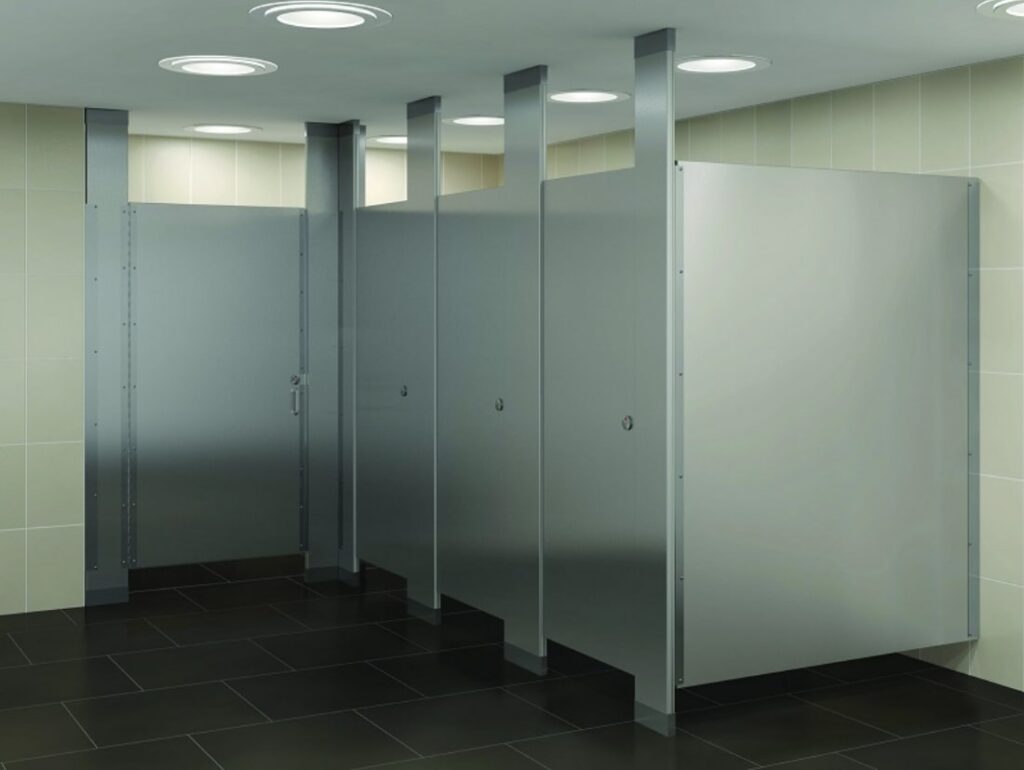
Mould-Resistant Partitions From Cubispec Washroom Systems
After you have gotten rid of the mould, consider using partitions in the bathroom and shower area. Partitions are great for privacy, and they also help prevent the spread of mould and other locker room germs. Partitions offer privacy and can be more manageable when it comes to cleaning-up and safeguarding against mould.
At Cubispec Washroom Systems, we offer Australian-made partitions in a wide range of material choices that are both functional and attractive. When you choose Cubispec for your locker mediums, you don’t need to worry about the potential of mould growth!

